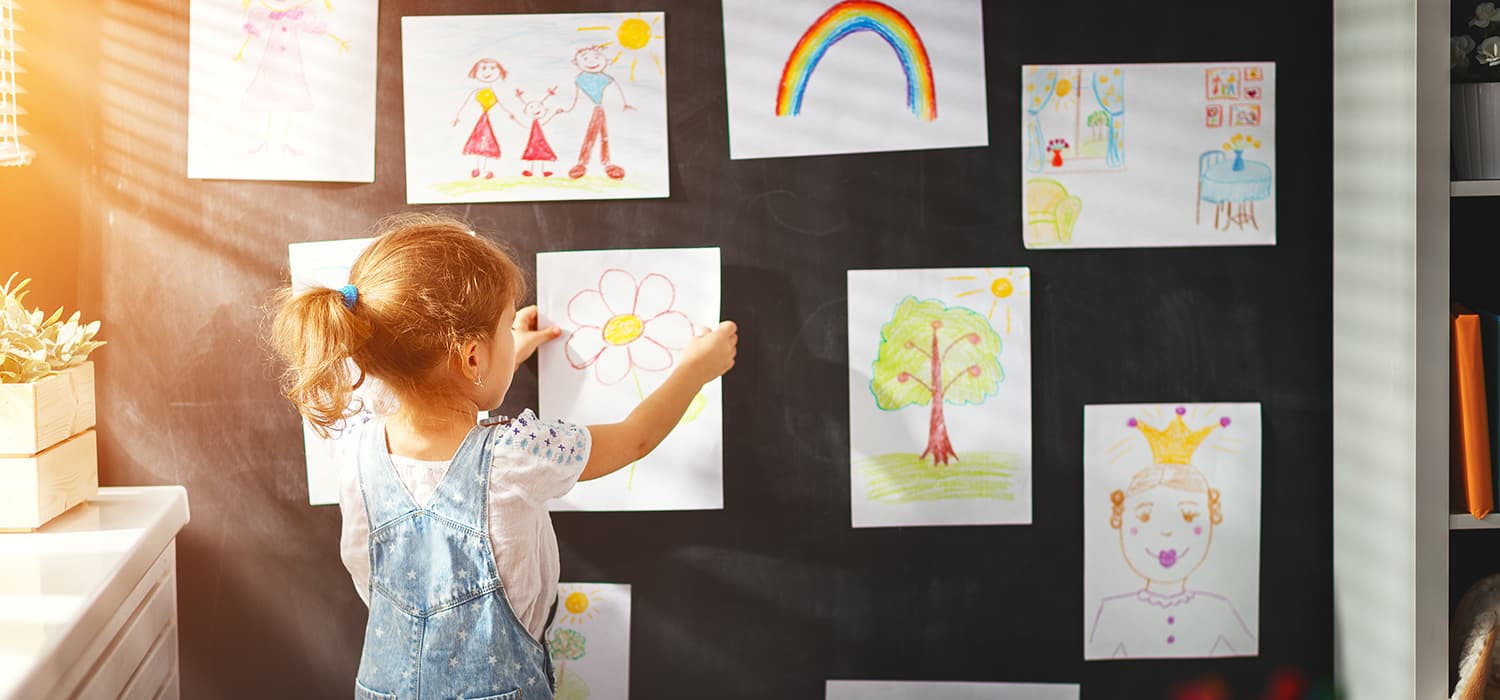Have you ever wondered how a museum exhibition is put together? Have you ever wanted to play the role of curator? Now’s your chance! Be inspired by everyday items and curate your very own exhibition at home. Work with an adult, follow the activity instructions, and be sure to read the tips to make your exhibition a reality.
Looking for inspiration? Take a virtual tour of one of our permanent exhibitions, the Canadian History Hall.
Activity instructions
To make things a little easier, we’ve broken the process of making your exhibition a reality into five simple steps.
Step 1: Creative development
Step 2: Logistics
Step 3: Curation
Step 4: Scenography and set-up
Step 5: Grand opening
Step 1: Creative development
Perhaps the most important element of an exhibition is its message. Ask yourself, what story do I want to tell? What message do I want to get across? Here are just a few ideas to help you get started:
- The history of your house
- The history of your family
- The history of your toy collection
- The history of your fashion collection
Step 2: Logistics
Now that you’ve identified your exhibition’s message, your next job is to share it. And to do that, you will need a space for your exhibition. This is an important decision because the size of the space will determine both the size and the number of objects you can include. For example, if you are doing an exhibition on jewellery, it would be best to have a small space, but if you are doing an exhibition on furniture, you will need a big space.
Step 3: Curation
You have a story, you have a space, now what? This is where things get fun. It’s time to choose the items in your exhibition by writing down a list of objects in your home that would be good to include.
Unfortunately, you may find that you cannot include all the objects on your list. This means you will have to make difficult decisions about what does and does not get included. This is the work of a curator.
Tip: Ask yourself:
What items best tell the story of my exhibition?
How will these objects work together to tell the story of my exhibition?
Will the objects fit in my exhibition space?
Step 4: Scenography and set up
It’s time to set things up. To begin, write out labels for the objects in your exhibition with some information like the object’s name, the date it was made, and the material it is made from. For objects that are extra important, you may want to add a little more information explaining why the object is important to the exhibition’s story.
To make things look professional, you can decorate cardboard boxes to use as mounts for your objects, and set up lighting to get the right atmosphere. Once all the materials are ready, you can set up your objects.
Tip: Try to keep the text to a maximum of 50 words for each object. It’s harder than you think.
Step 5: Grand opening
The time has arrived for your grand opening! Create invitations for members of your household using coloured pencils, paper and other craft materials. You can also invite friends and family to participate in the grand opening online through a video conference call.
Before the big moment, make sure that everything is just right. Make any last-minute adjustments, then invite the members of your household and online guests to see the exhibition. You may want to make a little speech, or maybe not, but be ready for questions from your audience.
It’s now time to enjoy what you’ve created. Host a small reception with snacks and juice.
Congratulations, curator!
